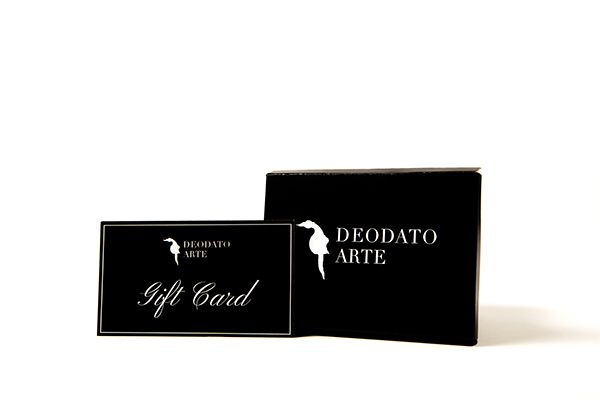
Thank you!

Unique Pieces
In the new collection A Hero Never Dies José Molina uses for the first time the playful and light shades of color, departing from the usual deep and intense tones of black and white, but without giving up a powerful visual figurative language.
Nostalgia for play, the challenge of trying new languages, a certain desire for light-heartedness inspired the creation of this new cycle of works. One of the most important functions of art, according to José Molina, is the ability to keep the memory alive, reviving through the image icons of the past or present characters who have influenced or are influencing our lives. A Hero Never Dies has the task of proposing an art accessible to all, establishing a more direct contact with its public.
The collection by José Molina A HERO NEVER DIES consists of unique pieces made with oil and acrylic technique and mixed media works on paper and canvas, where two distinct codes coexist: play and classicism. The backgrounds of the works are the real narration, they are the stories that the character in the foreground lives.
A HERO NEVER DIES – Molina
For the brand new collection A HERO NEVER DIES, José Molina took inspiration from the faces of the masterpieces of Werstern Art and famous people belonging to the world of culture, cinema, politics.
If in the other series Molina used mostly the black and white to underline and recount the most secret aspects of human nature, here, for the new collection about the heroes, the language changes.
The deep and intense tones, so typical of his works, are now replaced by playful ones brightened by the use of colour, which enhance his stonly figurative visual language.
The need of carefreeness that inspired this new collection meets here a skilled mixed technique: here the cutlural return to classicism coexists with the inovative quest and respresentation of a playful world.
As stated by the artist himself, the nostalgia of the act of playing is the driving force of this new series.
The meaning of the collection A Hero Never Dies
For Josè Molina, the main function of art is that of keeping the memory alive.
In order to do so, the Spanish artist has combined plastic bodies made of Lego with famous faces of icons of the past and the present.
The characters look straight at the viewers, questioning them in a bijective way.
Initially, they require a crtical analysis of their own character, to then leave the place to a self-examining and personal analysis of the viewers themselves.
This purely conceptual aspect manages to transpire thanks to Molina transformation of neo-pop.
The artist recovers the rich symbolic content typical of neo-pop artworks, giving them form with his extraordinary pictorial and technical skills.
This reinterpretation of Art makes his artworks a mean of comunication which is accessible to everyone.
Oppositely to what the title may suggest, the direct relationship with the viewer reflect the very concept of herosim within contemporary society.
The tender and ironic context of the series get the heroes closer to common people, while detatching them from the world of the myths.











 Register
Register Wishlist
Wishlist Contact Us
Contact Us